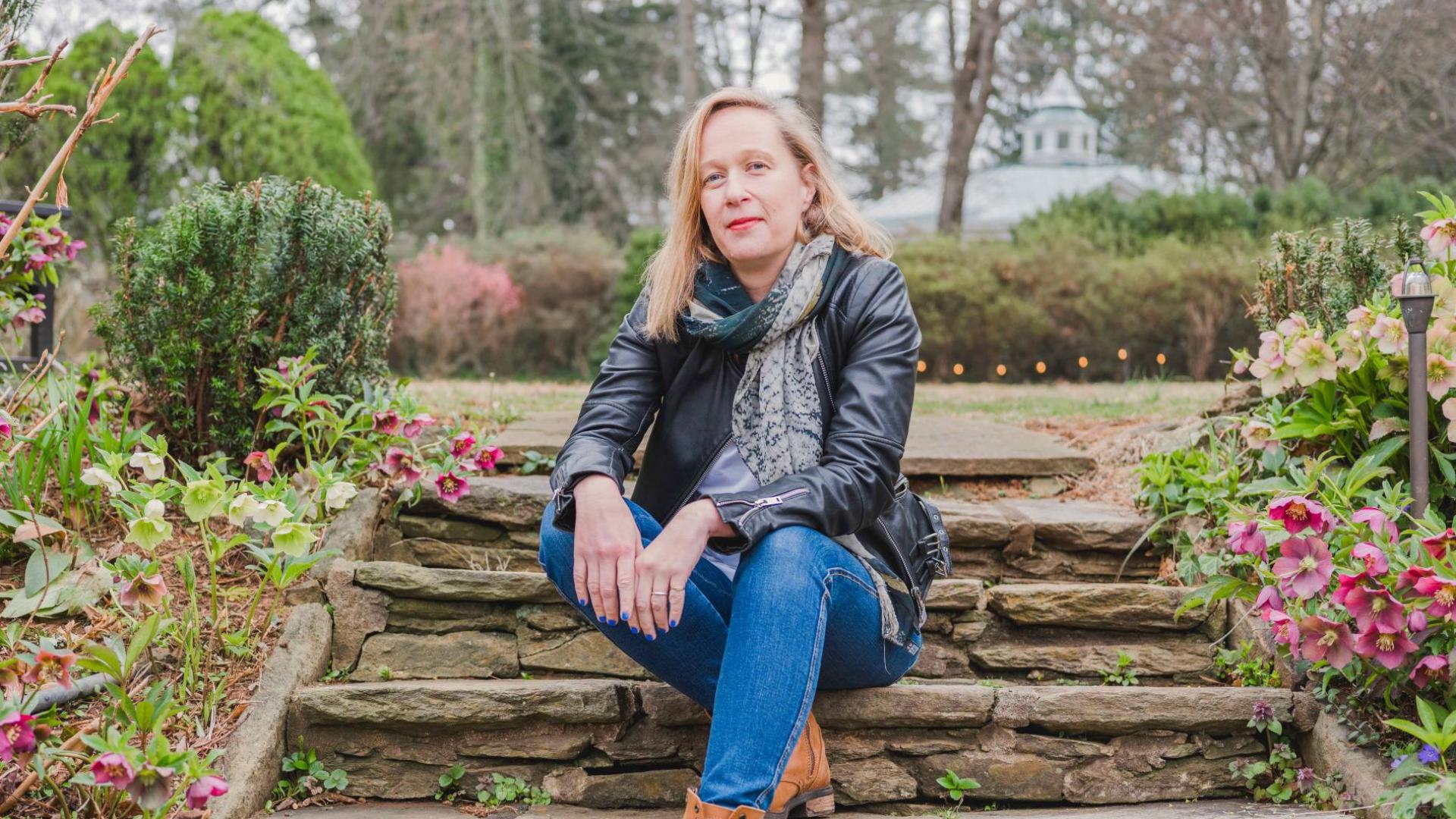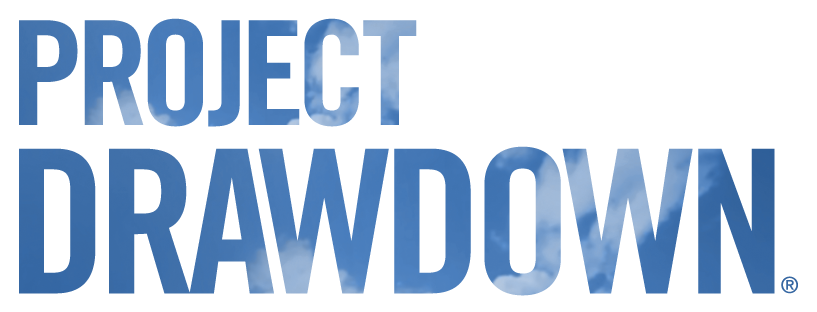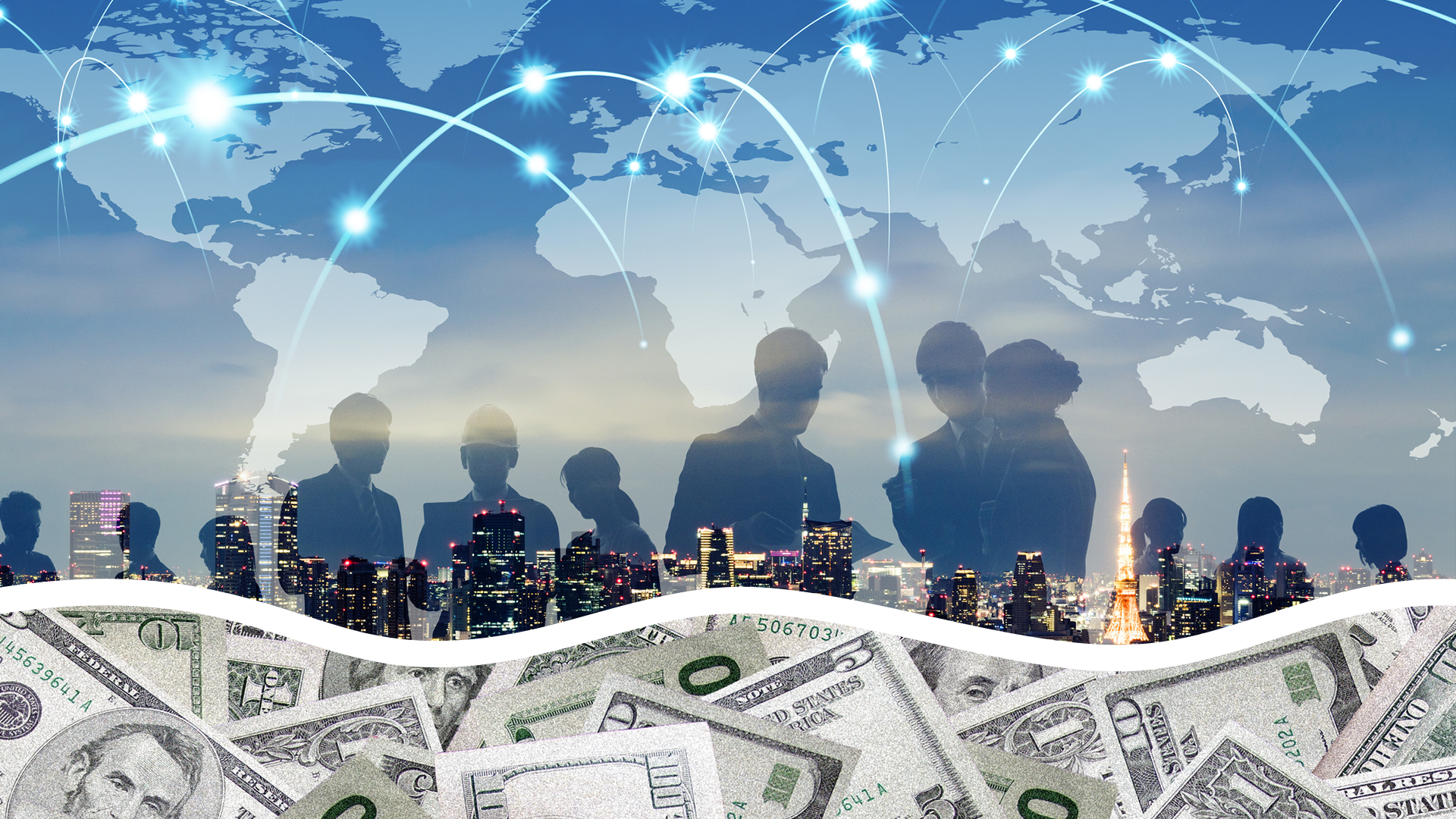Drawdown Science Profile: Kate Marvel

This article is the fourth in a series introducing the members of Project Drawdown’s new science team.
Kate Marvel is a climate scientist who focuses on modeling how our planet is changing and understanding what could happen in the future. Before joining Project Drawdown, Kate worked at the NASA Goddard Institute for Space Studies, Columbia University, Stanford University, the Carnegie Institution, and Lawrence Livermore National Laboratory. A former cosmologist, she received a Ph.D. in theoretical physics from Cambridge University. Her book Human Nature will be published by Ecco Press in 2023.
Here, Kate shares what brought a cosmologist down to Earth, how going on way too long of a hike can help catalyze a career in climate science, and more.
Q: What is your role with the Project Drawdown Science team?
A: As the senior scientist for climate, I’m helping to understand the climate impacts of solutions and the climate impact if we don't deploy those solutions. My role is one that I can’t accomplish alone—I really need to be working with an interdisciplinary team. This is why I’m so excited to be here. I love learning new things, I love talking to people smarter than me. And to be able to do that in the service of climate solutions is a dream come true.
Q: What superpower do you bring to the job?
A: Not being afraid of asking dumb questions. I have an awareness of what I don't know and a respect for what other people know and the ability to talk across disciplines and to listen across disciplines. It takes a lot of effort and energy to be an expert in any field. But that’s not enough. We need experts in everything, but we need translators, too.
Q: What’s a childhood toy or experience that relates to the work you’re doing today?
A: My dad used to take me on very poorly planned outdoor adventures—ones I was much too young for, like a 15-mile hike—and forget to do very basic things like bring water. That gave me both a love of the natural world and also a healthy respect for it. And that contributes to how I feel about climate change. Nature is always throwing things at us. You sometimes hear, “Don’t worry, we’ll just adapt.” I agree there are many things we need to do to increase resilience, but there is no “just” about it. Nature is a very powerful force, and we’re changing it in a big way.
Q: What was the subject of your Ph.D. dissertation, and why?
A: On the spontaneous generation by quantum tunneling of a bubble of alternative universes within our universe. I chose that because I was interested in trying to solve what is probably one of the most outstanding problems in physics, which is (awkwardly) that we have no idea what 95 percent of the universe is. I’m not sure it worked, but it was interesting, and it taught me quantitative skills I still use today.
Q: How did you get from there to here?
A: I realized in the process that the most interesting things to me were made out of normal matter and in fact are here on Earth. This is where everything I care about is, and it’s changing, and maybe I can use some of my physics skills to understand how and why this place I love is changing and maybe be able to do something about that. I got a science fellowship at Stanford that was flexible as long as it had a science component and policy component. I used that to explore different areas and landed on climate modeling.
Q: What’s a favorite Drawdown Solution?
A: I’ll go with seaweed farming. My 7-year-old wants to be a kelp farmer, mostly because he thinks that he’ll get his own sea otter that way. We talk a lot about climate change—not in a doom and gloom framework, but about how we know this is a problem and we know there are many different solutions. And this is one way he wants to help solve it.
Q: When you’re not working, what’s your ideal way to spend a weekend?
A: I love water—swimming, surfing, going to the beach with my family. I grew up in Ohio. Not growing up in a coastal city is a great way to learn to love the coast.
Q: You have a book, Human Nature, coming out later this year. Care to provide a sneak preview?
A: It’s the story of climate science in nine different emotions. In each chapter I present an aspect of the science and how it makes me feel—the physics of the Earth and wonder; attribution and shame; the history of global warming science and anger at how it was ignored, and so on. The second-to-last pair is solutions and hope, and the final chapter pairs the fundamental interconnectedness of everything with the emotion of love. That’s why I got into his line of work. I love the Earth, and I love the people on it.
Q: You seem both a right-brain and a left-brain person. How do you get your two selves to play well together?
A: I don’t really see them in opposition. Science can really learn from the arts. When we look at climate projections, it helps to be able to use the tools that an artist would use, that a writer would use. We talked about communicating across disciplines. That’s what literature is for; that’s what poetry is for.
Q: Who is your climate hero?
A: Whoever is reading this—you are my climate hero if you are doing climate solution work.
Like to learn more about Kate? Check out her TED talk, “Can Clouds Buy Us More Time to Solve Climate Change?” and her Story Collider presentation, “Becoming a Genius.”
Press Contacts
If you are a journalist and would like to republish Project Drawdown content, please contact press@drawdown.org.



